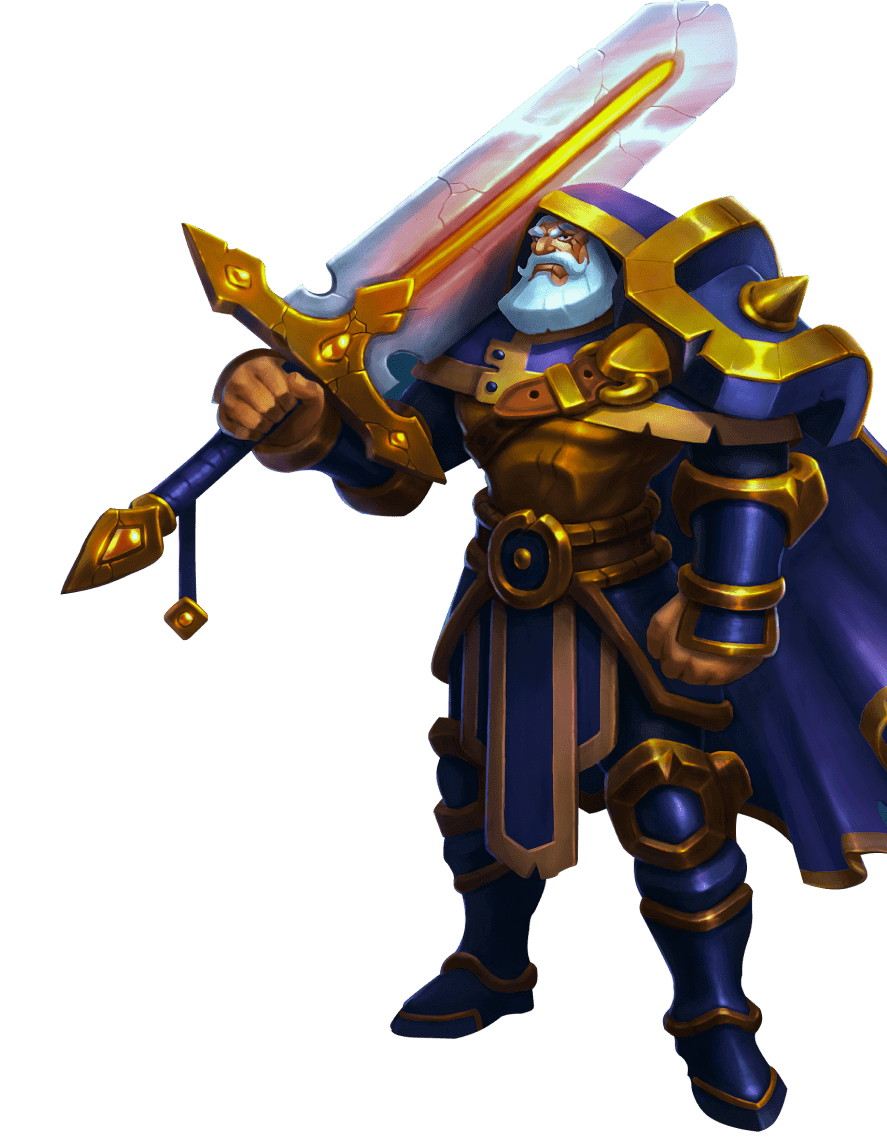The world of 3D game development services and modeling is dominated by Maya and Blender (well, we’ve just asked 3ds Max to take a break for a while).
3D artists are well aware of the dilemma of choosing between these two titans. Many would say
“What’s the point of comparing Blender vs Maya? Blender is free, Maya is paid, that’s the whole difference.”
This is indeed one of the differences, but not in all cases it is decisive (ironic chuckles from freebie lovers).
Both Blender and Maya are amazing in their own right with a lot of great tools and features that allow you to create 3D masterpieces. The latest updates of both programs also brought many innovations. But a choice must be made.
Blender or Maya?
So, Blender or Maya? What software to focus on? Which is best for your project? Do you know what software is more in demand on the market? It’s time to dot the i’s and cross the t’s. First, the features, and then we’ll go more in-depth on other aspects of each.
| Blender | Maya | |
| Modeling | Great for polygon modeling, sculpting, and procedural workflows with Geometry Nodes | Advanced tools for polygon, NURBS, and retopology; excellent procedural workflows with Bifrost |
| Animation | Good keyframing, rigging, and 2D animation with Grease Pencil | Industry gold standard for complex character animation and rigging |
| Rendering | Includes two free render engines for realistic and fast visuals | Comes with Arnold for high-quality, professional rendering |
| Simulations and Effects | Built-in tools for basic effects like smoke, fire, and water | Better for advanced effects, like explosions and big movie-style visuals |
Now, let’s look at the pros and cons of these programs and finally put an end to this endless debate about which software is better.
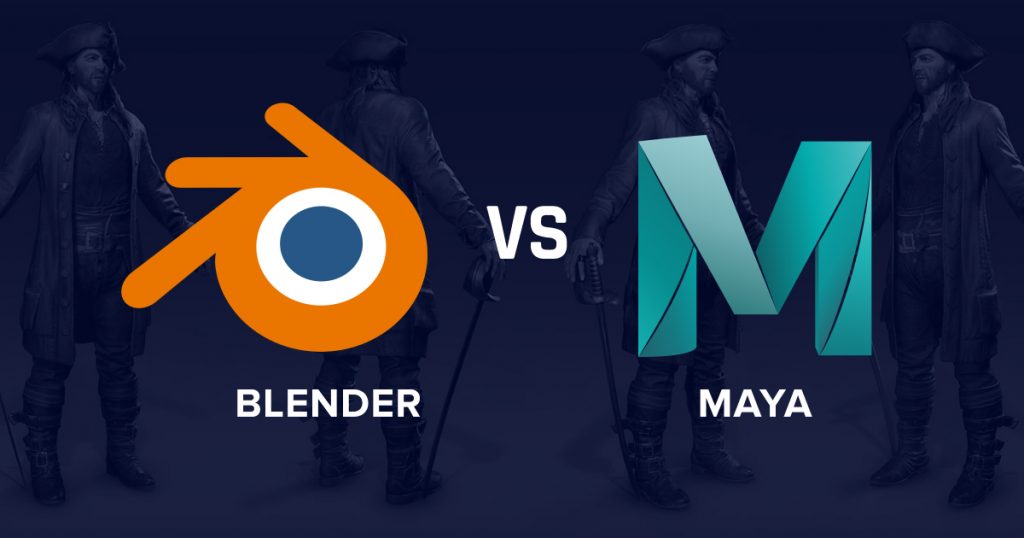
Blender: Good Friend of the Newbies
Blender is a free (i.e. absolutely free with no hidden fees) software for creating 3D graphics, containing tools for modeling, animation, rendering, video post-processing, and game creation.
A characteristic feature of Blender is its relatively small size, which, however, managed to fit a full-fledged editor with all the basic functions and a set of textures, models, and event handlers.
Despite the lack of official documentation, the software has a huge community and an endless database of online training materials that will help even an absolute beginner to understand the basics of 3D.
Interestingly, beginners were initially afraid of Blender: the workstation looked intimidating with a huge number of parameters and commands scattered all over the screen. But since Blender has become an open source project, it has gained full context menus for all functions, and the use of tools has become more logical and flexible. Therefore, when talking about the Maya vs Blender learning curve, everyone unconditionally recognizes Blender as the best software for beginners, since it is quite simple and fast to learn.
Speaking of Maya vs Blender in terms of being a better tool for beginners, Blender is by far the leader. The workstation as of 2025 is a user-friendly zone that won’t make a novice recoil from the screen in horror.
One of Blender’s most interesting modeling tools is modifiers.
Modifiers in Blender
In Blender, modifiers use their algorithm to change an object without having to change it in manual editing mode.
In other words, these are tools that modify the mesh in a non-destructive way and can be adjusted interactively. This greatly reduces the need for manual labor and results in a faster modeling process.
It is important to understand that if the modifier is not applied completely, but only added to the object, then the latter remains the same when editing. The program draws the result of applying the modifier, but the object itself does not change. Modifiers are accessed through the Properties editor. There are many modifiers in Blender, and each of them has its characteristics and settings. You can apply several modifiers to an object to achieve the effect you want.
Blender 4.3 Updates
Blender, the renowned open-source 3D creation suite, continues to push boundaries and empower artists and designers with its latest release, Blender 4.3, packed with various innovative updates and powerful features.
1. EEVEE Enhancements
EEVEE now supports light and shadow linking, allowing users to control which objects are affected by specific lights and shadows. Also, Metallic BSDF Shader, multi-pass compositing, and Gabor Noise Texture were added.
2. Improved Grease Pencil Workflow
The Grease Pencil engine has been entirely rewritten for better performance and to remove previous limitations. New tools like fill gradients and layer groups were added, and editing improved with a better eraser.
3. Geometry Nodes Advancements
New features like loop zones, viewport gizmos, and support for Grease Pencil data for procedural effects. A new loop zone simplifies the process of iterating over elements of a geometry in parallel, streamlining repetitive tasks.
4. Pipeline Integration
Support for exporting point clouds, improved compatibility with other software, and added support for Draco mesh compression during import and better export of UDIM tiles, quaternions, and matrix attributes.
5. Sculpting & UV Tools
Brushes are now assets for easier reuse, and new UV unwrapping reduces distortion on organic shapes. Performance of sculpting worklflows is improved.
If we consider the Blender vs Maya rendering comparison, then at this stage, Blender is definitely faster.
Although Blender’s interface is still filled with a large number of elements, this does not cause fear or bewilderment, because each new version of the software features significant changes and improvements in the UX/UI design.
Pros and Cons of Blender
| Pros | Cons |
| Free | Controversial UI |
| Open source | Not industry standard |
| Real-time rendering | Lack of specialization |
| Wide functionality | Periodic bugs |
| Lightweight | Limited animation options |
| Large knowledge base | Complex node editing |
| Procedural workflows | Confusing updates |
Game Examples Built With Blender
Blender, the versatile open-source 3D creation suite, has revolutionized the world of digital content creation and has become a powerful game development tool. Let’s check out examples of games:
1. “Sintel: The Game“
It is an immersive and visually stunning game that takes players on an epic adventure. Based on the acclaimed animated short film “Sintel,” the game recreates the film’s captivating world, allowing players to interact with the characters and explore the enchanting landscapes. Blender’s powerful modeling, animation, and rendering capabilities were instrumental in bringing the characters and environments to life.
“Yo Frankie!” is a delightful open-world platformer that showcases the versatility of Blender in game development. This endearing game from the Blender Institute stars the endearing Frankie, a squirrel on a quest to recover stolen fruits from a malicious crow. Blender’s real-time rendering engine, physics simulations, and intuitive animation tools were instrumental in creating the vibrant and engaging world of “Yo Frankie!”
“Escape from Woomera” is a thought-provoking and politically charged game that tackles critical social issues. This game delves into the harsh realities of Australia’s immigration detention system. Blender’s flexible animation and rendering tools help create compelling and dynamic character animations and immersive environments.
Maya: Business Partner of Game Studios
Autodesk Maya is a powerful software package for modeling 3D objects, creating character animations and object motion graphics, and designing virtual environments and computer characters.
Maya provides a wide range of functional tools for limitless creativity. Rich animation functionality makes this software ideal for animation artists.
Maya’s specialty is its focus on creating and maintaining professional, market-oriented products. The Maya package is actively used by game studios to create their titles, as well as by filmmakers to introduce ultra-realistic CGI into films. The software workstation, accordingly, offers a more sophisticated and advanced experience.
In some sense, the situation is easier for game publishers than for us, because they don’t have to choose between Maya vs Blender for games: it is Maya that is a generally recognized tool in the gaming industry.
Maya provides tools for creating high-quality characters and effects, as well as performance enhancements for modeling, texture, and rendering tasks. Users are granted access to Autodesk software on a monthly, annual, and 3-year basis.
| Monthly Subscription | Annual Subscription | 3-Year Subscription |
| $235 | $1,875 | $5,625 |
Maya subscription options as of 2025
Maya offers a free trial for 30 days. Academic licenses are also available: students and educators can get free 1-year access to Autodesk educational products and services, renewable as long as they remain eligible.
To make things easier, Maya encourages artists to use its built-in MEL language.
Maya Embedded Language
MEL is the scripting language behind Maya; it is the main level of user interaction with Maya.
When Maya starts up, it actually runs several MEL scripts that form all the windows. Anything you can do with a UI program can be interpreted and automated with MEL.
The benefits of using MEL for users are undeniable. Everyone can create windows with sliders, tabs, text fields and buttons for them, attributes, etc. One can even add menu items and new panels. This allows users to automate work and quickly execute any commands bypassing the UI.
MEL is best learned with the Script Editor. MEL is quite a large language (more than 600 commands and approximately 75 functions), but the Script Editor is able to advise the user on how to use these commands, as well as copy and paste ready-made scripts into the code, without a single line of your own code. You don’t even need to use the command line to enter MEL commands. All operations performed in the Maya interface are written in the script editor as MEL commands. Even without knowing how to program at all, here, you can create quite complex scripts by copying and pasting.
Maya 2025.3 Updates
1. Graph Editor Updates
New features like ‘Auto-resize keys on zoom’ and customizable tangent handle appearances have been added to streamline animation workflows.
2. Updated Boolean Algorithm
Maya’s Boolean operations have been aligned with 3ds Max, enhancing reliability, especially when dealing with complex geometries.
3. OpenPBR Support
Integration of the OpenPBR material standard in LookdevX and Arnold facilitates seamless material transfers between CG applications.
4. Enhanced Camera Controls
Users can now manipulate USD cameras using Maya’s native camera tools, improving interoperability and user experience.
… And much more, including Bifrost and Arnold updates.
At the same time, while Maya’s rendering tools are efficient, animation rendering remains quite challenging and time-consuming. Therefore, as we’ve said above, when considering Blender vs Maya renderer speed, Blender has the advantage.
Pros and Cons of Maya
| Pros | Cons |
| Industry standard | High price |
| Hyper-realistic effects | High system requirements |
| All modern formats are supported | Steep learning curve |
| Built-in node editor | Lack of documentation |
| World-class animation | Slow rendering |
Game Examples Built With Maya
Maya is the 3D animation, modeling, and rendering software with its robust feature set, intuitive interface, and extensive capabilities. Maya empowers game developers to create immersive worlds and captivating gameplay experiences. Let’s explore some outstanding games that have been built using Maya.
Developed by Epic Games, it showcases Maya’s prowess in creating dynamic and visually striking third-person shooter experiences. Maya’s advanced character rigging and animation tools were integral in bringing the iconic characters of the series to life, imbuing them with fluid movement, lifelike expressions, and realistic combat interactions.
2. “Overwatch”
It’s the immensely popular team-based multiplayer shooter developed by Blizzard Entertainment and leverages Maya’s capabilities to create a vibrant and diverse cast of characters. Maya’s robust character modeling, rigging, and animation tools were employed to give each hero in the game a distinct personality and unique set of abilities.
The critically acclaimed “God of War” reboot, developed by Santa Monica Studio, demonstrates Maya’s contribution to crafting a compelling and visually breathtaking action-adventure game. Maya’s robust animation tools and physics simulations helped create the game’s visceral combat system, enabling players to experience the raw power of protagonist Kratos.
Maya vs Blender Side-By-Side Comparison Chart
Maya and Blender are two renowned software applications in creating 3D characters for AAA games, each with its own strengths and capabilities. Understanding the differences between Maya and Blender is crucial in choosing the right tool for your creative projects. In this side-by-side comparison chart, we’ll delve into the key features and functionalities of Maya and Blender, helping you make an informed decision based on your specific needs.
| Blender | Maya | |
| Price | Free | From $235 per month |
| Platform | Linux, Mac OS X, Windows | Linux, Mac OS X, Windows |
| Written in | С, C++, Python | C++, MEL, Python, C# |
| Rendering | Cycles/Eevee | Arnold/Octane |
| License | GNU GPL | Commercial software |
| Target audience | Solo artists and indie studios | Big AAA studios |
| Learning curve | Moderate | Steep |
| Storage space | ~500 MB | Over 5 GB |
| Industry standard | No | Yes |
Maya vs Blender: What to Choose in 2025?
So, what is the bottom line of our Blender vs Maya comparison? In view of the foregoing, we hasten to state that each of these software products has something to offer the 3D artist.
Being free makes Blender a great starting point for beginners, and its rich tools allow you to achieve the quality of modeling and sculpting that is not worse than in Maya. So often, when considering the Maya vs Blender modeling dilemma, many people choose Blender. Because why pay so much when there is a great set of full-fledged modeling tools?
At the same time, animators note that Blender vs Maya animation comparison makes them instantly point to Maya as the best animation tool. Very often Maya is used only for the animation part of the project, while other software is preferred for modeling, rendering, etc.
Interesting fact. Maya was used to animate characters in the video game The Last of Us Part II and create visual effects for Marvel films and the Game of Thrones series.
Also, do not forget that Maya is the industry standard that is popular with professional suppliers of AAA gaming and cinematic solutions. Blender remains a great piece of software for solo artists and independent studios working on personal projects that can be freely monetized without the need for licensing. In addition, its online community is much more powerful and larger than Maya can boast − many people learn Blender on their own and are happy to share their experience with beginners.
| I choose Blender… | I choose Maya… |
| to start my journey in 3D modeling | to make professional world-class animation |
| to create my models and personal projects | to be able to get a job in AAA studios |
Our 3D artists and animators are proficient in Maya: many of the works in our portfolio are made using this software. If you want to harness the power of 3D for your next ambitious project, we invite you to discuss it with us − we will give you an idea or two on how to create jaw-dropping visuals.


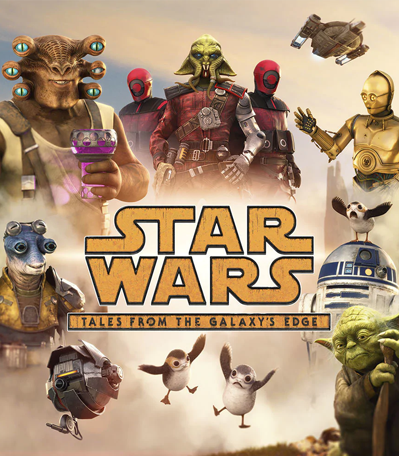
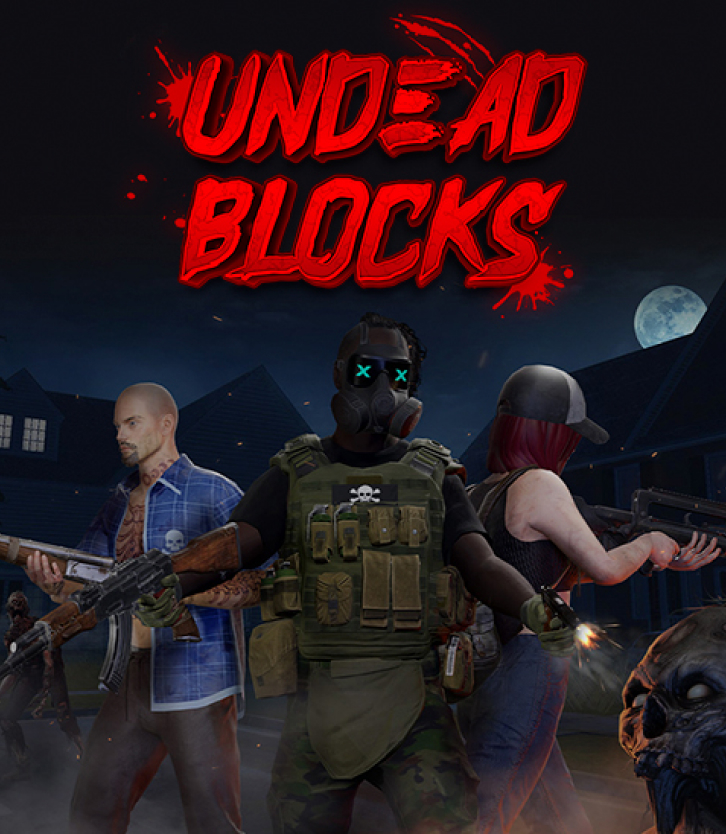
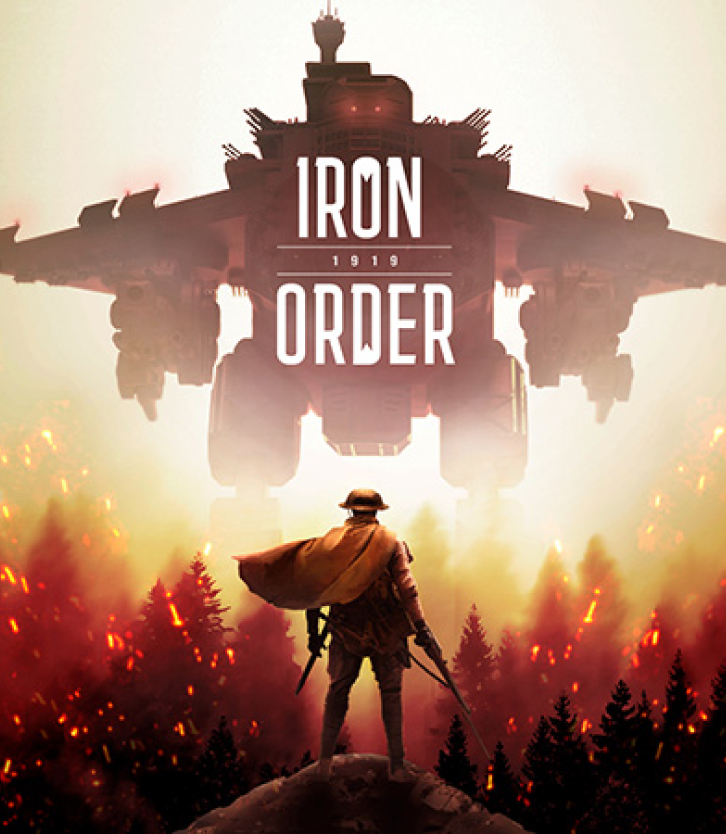
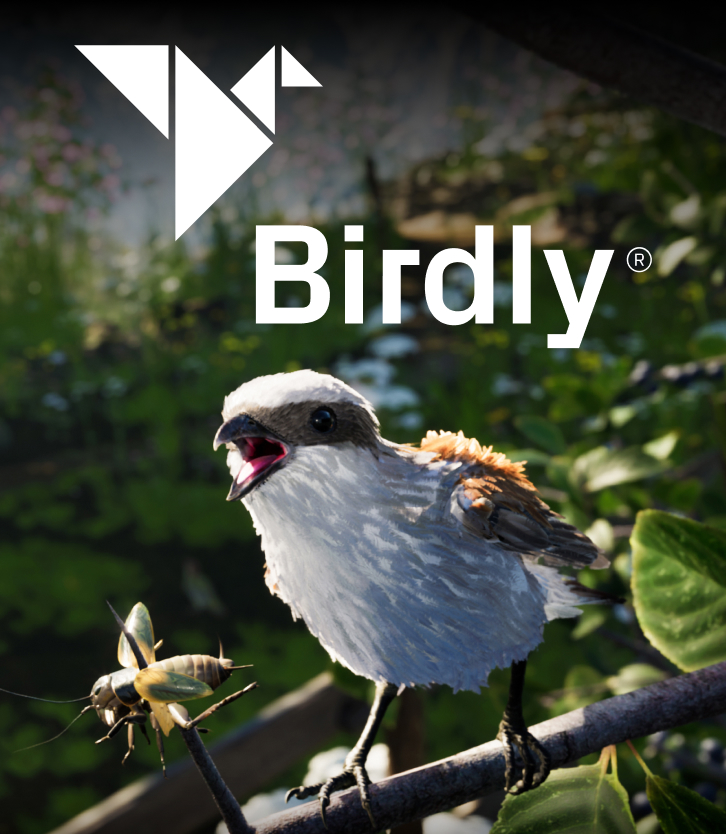
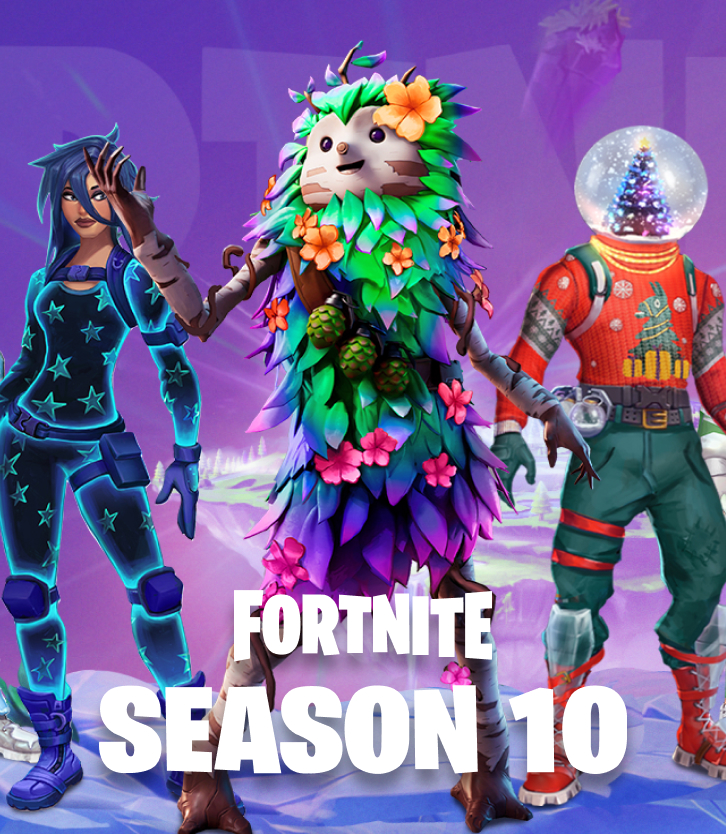
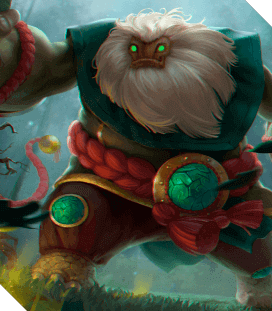



![Indie Game Development: Guide to Revenues, Most Profitable Genres & Monetization [+10 Best Indie Games 2024]](https://kevurugames.com/wp-content/uploads/fly-images/11949/indie-pre-138x138.jpg)
